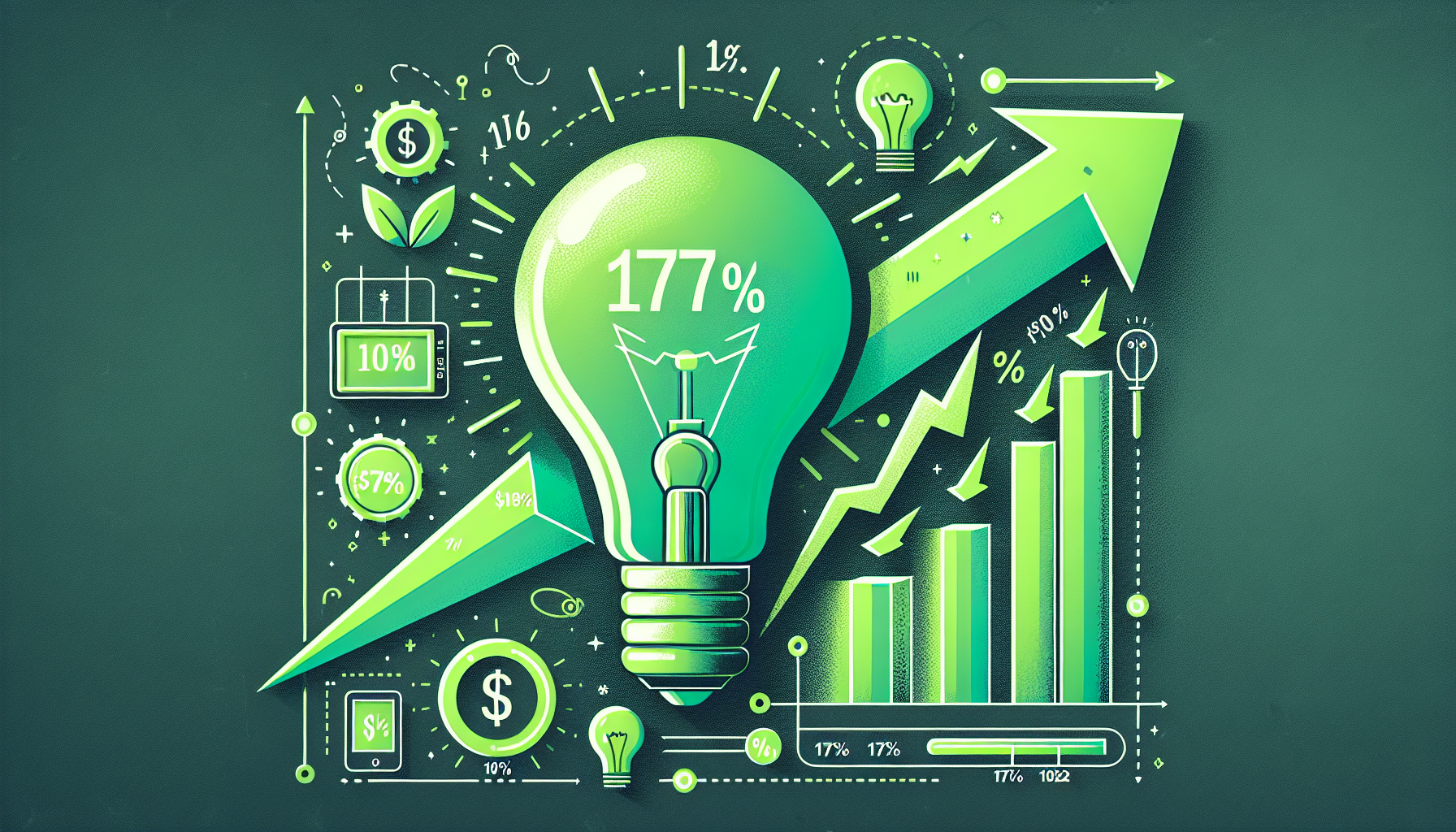Electricity bills have increased almost 10% since the start of the year and could rise another $170 per year for households by ...
Why it matters
- The significant rise in electricity bills is affecting household budgets, potentially leading to financial strain for many families.
- This trend could continue, resulting in an additional annual expense of approximately $170 for the average household.
- The increases in electricity costs are reflective of broader economic trends, including inflation and supply chain issues.
As the year progresses, households across the country are facing increasing electricity costs, with bills having risen nearly 10% since January. This surge in expenses has left many families concerned about their financial well-being and how they will manage their monthly budgets in the coming months. Projections suggest that the average household may see an additional cost of around $170 per year, further exacerbating the financial pressure many are already experiencing.
The dramatic increase in electricity bills can be attributed to a combination of factors. Chief among them are rising fuel prices, which are a significant component of the overall cost of electricity. As oil and natural gas prices have climbed, utility companies have had no choice but to pass these costs onto consumers. Furthermore, ongoing supply chain disruptions, which have been prevalent in various sectors of the economy, are making it more difficult for energy providers to maintain stable pricing.
In many regions, the effects of these price hikes are particularly pronounced. For instance, households in urban areas may be seeing even steeper increases compared to their rural counterparts due to higher demand and less competition among energy providers. As a result, families are being forced to make difficult decisions about their energy consumption, balancing the need for comfort and convenience against the rising costs.
Utility companies are also facing their challenges, as they must navigate regulatory pressures while trying to maintain their infrastructure and service quality. Many are investing in renewable energy sources and technologies, hoping to stabilize prices in the long term. However, these initiatives often require significant upfront costs, which can contribute to current price increases as companies seek to recover their investments.
Experts warn that the situation may not improve anytime soon. The energy market remains volatile, and with geopolitical tensions and climate-related events impacting fuel supplies, there is a strong possibility that electricity prices will continue to rise. This unpredictability makes it difficult for consumers to plan their budgets effectively, as they may find themselves facing higher bills without warning.
For many families, the rising cost of electricity is just one aspect of a broader trend of inflation affecting various aspects of daily life, from grocery prices to transportation costs. As the cost of living continues to climb, households are being compelled to reevaluate their spending habits, prioritizing essential expenses over discretionary spending.
Some consumers are already seeking ways to mitigate the impact of these increases by adopting energy-efficient practices and technologies. Many are investing in smart home devices that help monitor energy usage and encourage conservation. Simple changes, such as using LED lighting, unplugging unused devices, and optimizing heating and cooling systems, can also lead to significant savings over time.
In addition, governments and advocacy groups are pushing for measures to assist low-income households that are most vulnerable to these price hikes. Programs aimed at providing financial assistance for energy bills and promoting energy efficiency in homes are being discussed at various levels of government. The hope is that these initiatives will help alleviate some of the burdens facing families struggling to keep up with rising costs.
As this trend continues, it is crucial for consumers to stay informed about their energy usage and explore options available to them. Whether it's shopping around for better rates or participating in local energy efficiency programs, proactive measures can help mitigate the impact of these rising electricity costs. The current landscape serves as a stark reminder of the interconnectedness of the economy and the influence it has on everyday life, underscoring the importance of preparedness in managing household finances in uncertain times.











